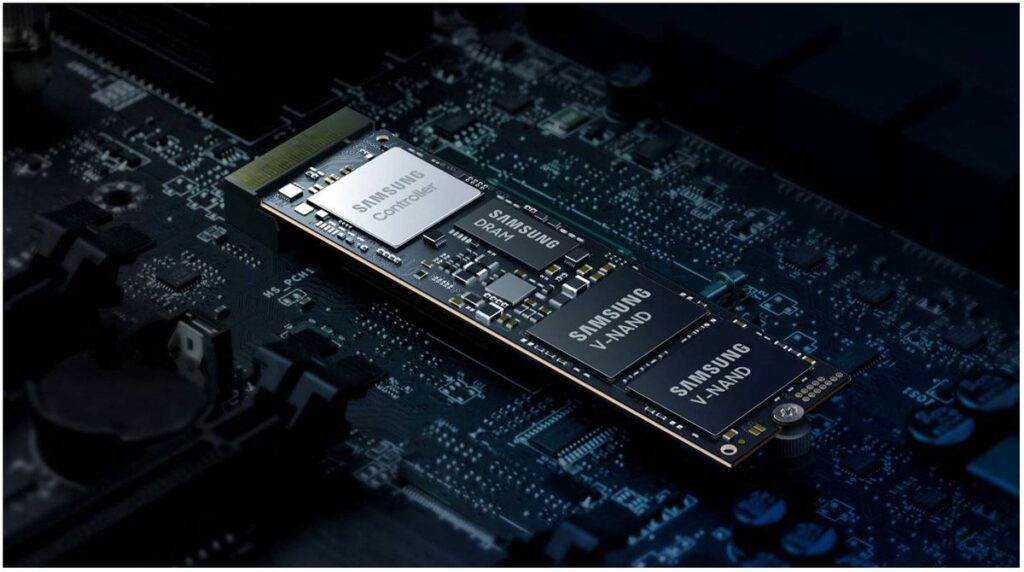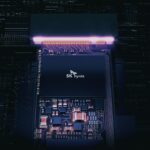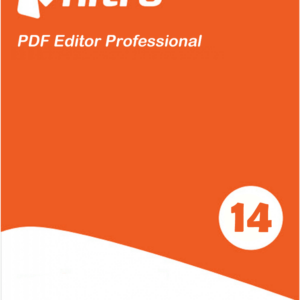It’s no secret that the race is on to produce the first 1000TB SSD. At its Tech Day in 2022, Samsung unveiled ambitious plans to stack over 1,000 layers in its most advanced NAND chip by 2030, paving the way for the potential arrival of a petabyte SSD. Despite hints last year suggesting an earlier delivery, the tech industry may have to wait until the end of this decade for this groundbreaking technology.
The development of future NAND chips is moving forward rapidly, with Samsung announcing the imminent mass production of its latest 290-layer ninth-generation vertical (V9) NAND chips. Anticipation is high for the expected reveal of a staggering 430-layer tenth-generation (V10) NAND chip next year.
Hafnia Ferroelectrics
While the specifics of Samsung’s quest to produce the first Petabyte SSD remain largely undisclosed, recent clues have surfaced. At this year’s VLSI Technology Symposium, a Technical Session by Giwuk Kim will shed light on hafnia-based FE-NAND memory and its role as a key element in cutting-edge NAND technology. The session titled “In-depth Analysis of the Hafnia Ferroelectrics as a Key Enabler for Low Voltage & QLC 3D VNAND Beyond 1K Layer Experimental Demonstration and Modeling” will delve into the potential of hafnia ferroelectrics.
The research, co-authored by Samsung Electronics, explores the superior performance achieved through the interaction of charge trapping & ferroelectric (FE) switching effects in metal-band engineered gate interlayer-FE-channel interlayer-Si FeFET, showcasing low operation voltage, a wide memory window, and enhanced stability. This work highlights hafnia ferroelectrics as a pivotal factor in advancing 3D VNAND technology beyond its current limitations.
While Samsung’s specific involvement in the demonstration is yet to be revealed, the company is not alone in exploring the capabilities of hafnia ferroelectrics. Giwuk Kim’s presentation is part of a broader symposium session focusing on “Non-Volatile Memory Technology – Hafnia Based Ferroelectrics-1,” chaired by Deoksin Kil, Head of Material Development at Samsung’s competitor, SK hynix.











